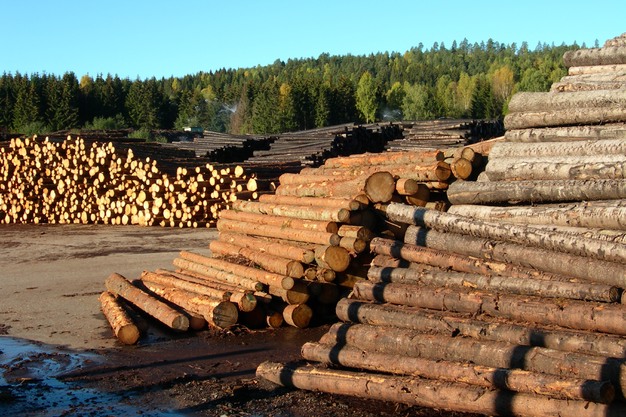Global timber markets are showing mixed dynamics as demand, regulations, and political factors shape production and trade. In Central and West Africa, Gabonese exports remain subdued due to weak Chinese demand and power cuts, while Cameroonian mills slow production ahead of October elections. Republic of Congo maintains steady exports despite weather-related delays, with European markets showing small but consistent orders.
 © Einar Bog | Dreamstime
© Einar Bog | Dreamstime
Ghana is taking steps to strengthen forest governance, revoking legislation that permitted mining in forest reserves and establishing a Timber Validation Committee to ensure legality and sustainability. Meanwhile, wood exports to Africa have declined, though ECOWAS trade remains significant. Economic measures, including a VAT reduction to 20% in 2026, aim to ease business burdens.
In Southeast Asia, Malaysia maintains over 54% forest cover and promotes innovation in its furniture sector, while Sarawak and Sabah advance conservation and carbon initiatives. Indonesia is working to simplify timber regulations, expand financial access for forest farmers, and boost domestic industry with a US$1.3 billion revitalisation fund. Vietnam’s wood exports continue to grow despite US tariffs, with rising imports of American logs to balance trade.
Myanmar’s timber exports are modest, impacted by import restrictions and disaster recovery efforts, while India pursues GST reforms and agroforestry expansion to align supply with industrial demand.
Global timber markets remain resilient but face challenges from regulatory changes, political events, and shifting international demand.
Source: www.globalwood.org
